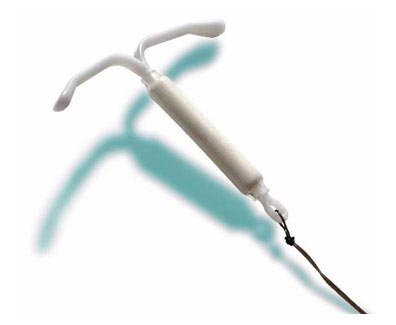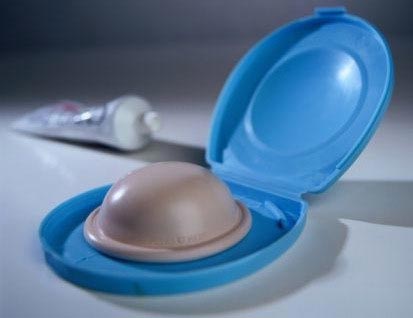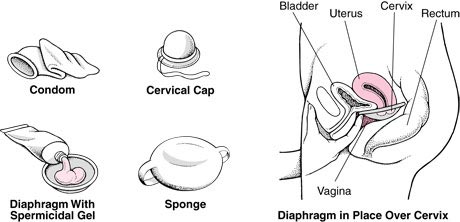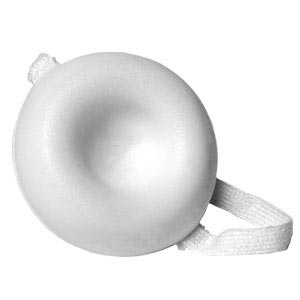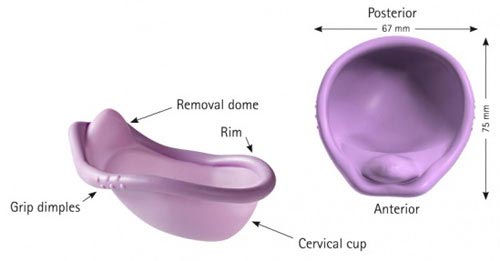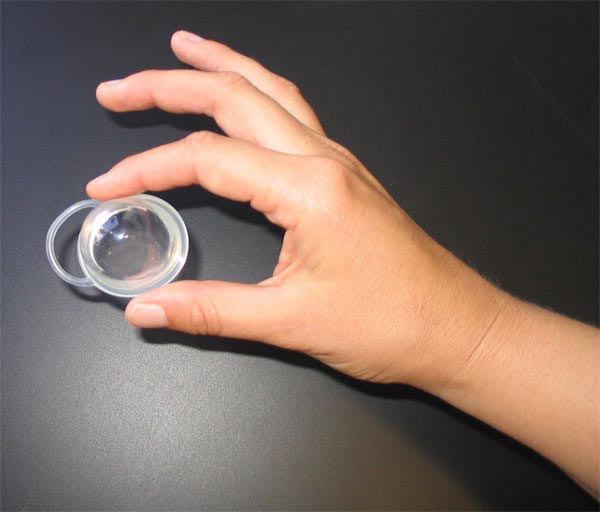Intrauterine device or IUD is a form of contraception that is chosen by women who have become mothers. In spite of having a high success rate, this is not a popular method of contraception as it has many side effects. IUD works by effectively blocking the entry of sperms into the womb. Read on to know more about IUD.IUD or the intrauterine device is mostly chosen by women who have already become mothers. It has become extremely popular in this 21st century. If you look up the meaning of the term ‘intrauterine’, it actually means ‘within the womb’. For women who did not yet give birth through a natural delivery, it becomes a bit difficult to insert the IUDs. Experts are of the idea that women who are sexually active should be properly checked for the sexually transmitted diseases prior to the insertion of the IUD.
Other Terms for IUD
The following terms are also used for IUD.
- IUCD – Intrauterine contraceptive device
- Coil – The shape of the IUDs had the shape of a coil during the 1960s, but today they are not like that.
- Loop – Around 45 years back, the IUDs were available in this shape and so the name.
- Copper T – As the name suggest Copper T this comes up from the constituent copper element in the contraceptive ad are T-shaped as well.
- Apart from these there are several other brand names.
What is the IUD Exactly?
The IUD is a tiny object whose length is just like the usual matchstick and easily fits in the palm of the hand. Since the object is supposed to be placed inside the womb, it is easier to get an idea of the placement if you know that the uterus of the woman is not smaller than the size of a clenched fist. So, if the hand closes around the matchstick, you will know how the IUD sits in the womb.
The IUDs in the market are now T-shaped and made from copper or plastics with some silver added amongst the components’ list. The IUD had one or two tiny threads that hang down inside the woman’s vagina. Their purpose is to help the doctor or nurse ascertain that the IUD is place or has moved. But the vital purpose of these threads is during the removal of the IUD. Then the device is gripped with a surgical clip and simply pulled out.
How Does the IUD Work?
The doctor needs to see the cervix of the woman and this requires her to lie on the examination couch in the clinic. The doctor sees the cervix with the help of a speculum and the length of the womb is measured with an instrument called ‘sound’. As the IUD devise is shaped like a drinking straw and pushed through the vagina into the womb, there can be a minor sensation of pain.
When the IUD is placed inside the womb, pregnancy is effectively prevented. It happens in the following ways:
- The male sperm is prevented from entering the womb or the fallopian tubes
- The natural secretions or the mucus present in the cervix of the woman gets altered which also acts a barrier for the sperm
- The lining of the womb is affected in a way that the ‘acceptance’ of the egg does not actually occur.
Possible Side Effects of IUD
Have a quick look at the side effects of IUD.
- Some women using IUD have reported heavy menstrual bleeding
- The periods get extended
- There might also be painful cramps associated with it.
- The flow can be heavy enough to make the woman anemic.
- Women with structural abnormality in her womb or cervix are advised against its use.
- Women with STDs or pelvic infections should also not use it or if there is unexplained vaginal bleeding
Some IUD Facts
Currently IUDs are not really popular due to several factors. There is an alleged belief that the IUD work by causing abortions, which is just not true. As a female contraceptive option, the IUD lies way behind the popular pill and female condoms. However, IUDs are highly effective. Its success rate is almost 98%.












